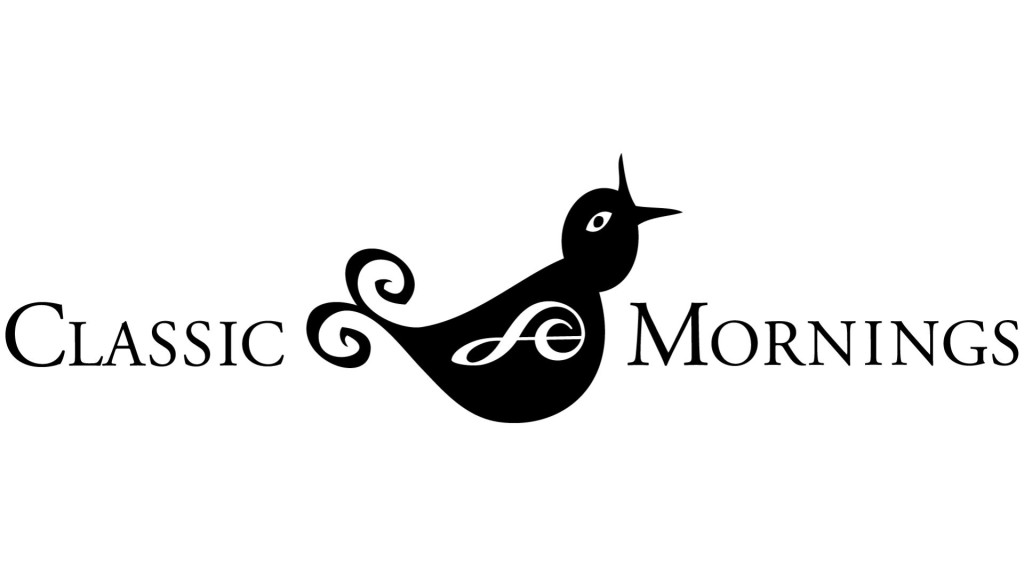An Isolation Sensation

They can be so boring. Yet it’s by patiently working my way through the various CD catalogs that I learn about new recordings.
In 2020, it became obvious that fewer CDs were being released. Those that appeared had been recorded well before 2020, since concert halls and studios were silent that year. Then came the countless “lockdown recordings” displayed on the catalog pages. The stories behind those recordings began to sound similar.
A recording we acquired recently was inspired during the lockdown. But it wasn’t a lockdown recording, nor was it presented as one. I was drawn to it by online sound samples. Only later did I discover that there was a lockdown story attached to it.
The Dutch recorder player Thomas Triesschijn and his ensemble The Counterpoints released a collection similar to one with recorder player Stefan Temmingh and the Capricornus Consort of Basel, Switzerland. Both feature music of Bach and his fellow candidates for the position of cantor of the St. Thomas School in Leipzig. In fact, both recordings include the same concertos by Johann Friedrich Fasch and Christoph Graupner.
Triesschijn didn’t have that concept in mind from the beginning. He tells the story of having seen his concert agenda “swept clean” back in March of 2020, like many musicians around the world. “For fun and just to distract myself from the sad reality of not being able to perform with my dear friends and colleagues in the foreseeable future, I started experimenting with the recording equipment of my ensemble The Counterpoints.”
He recorded pieces for multiple flutes all by himself. A Dutch radio station sponsored an online competition for musicians in home isolation. It was called, in translation, the “House Chamber Challenge.” Musicians were encouraged to record a short video and to present a little concert from their living room. Triesschijn had just finished recording a piece for 5 flutes by the Bach contemporary Joseph Bodin de Boismortier. He played five times on recorder and once on harpsichord, wearing different outfits and introducing the ensemble as the “Boismortier Sextuplets.” I’ve seen it online. It’s worth checking out.
Triesschijn said the response online was overwhelming, and he was awarded the chance to make a CD with a Dutch recording company. Always wanting to record music for recorder and orchestra, he began with a suite by Telemann. That led to the idea of Bach and his fellow applicants for the Thomaskantor position (Challenge Classics 72903)
In the booklet of a CD that was made 10 years ago, I read that it was recorded in a “music room.” I don’t know what that suggests to you. But I’ve seen tiny walled cubicles that serve as music rooms. So, I explored a bit further, particularly because of the name attached to this particular music room: Hatchlands Park in Surrey, England.
It turns out to be a small, though elegant ballroom! It had been described as being part of an 18th century “country house.” That house is a huge mansion! In the music room, which was designed at the outset of the 20th century, there are some 40 instruments on display. Many of them were played by famous composers. And there are recitals presented regularly for tourists.
At that point, I had the answer to my question: Why did Mahan Esfahani record harpsichord music of Jean Philippe Rameau there? I’m sure he was a bit distracted by all the keyboard instruments that surrounded him. But the recording was made on just one Flemish harpsichord, which was built originally in Antwerp, Belgium in 1636. A second manual or keyboard was added by a French harpsichord builder in Paris in 1763. In recent years, the instrument was completely restored.
Having learned about Esfahani’s recording venue has made me handle that CD with so much more care. But a piece of plastic is a letdown after seeing all those photos of the Hatchlands Park music room and its instruments.
I had no expectations with another search. I planned to play a 1973 performance – 50 years ago – of Franz Liszt’s Liebestraum No. 3. It’s part of a CD titled Music For Weddings, which was released 35 years ago. Garrick Ohlsson is the pianist. Just for fun, I searched to find out if he ever played at weddings, pairing his name with “wedding.” The result was a line from the New York Times of February 26,1995: “Garrick Ohlsson’s career seems inextricably wedded to the name and music of Frédéric Chopin, and so far, the marriage has been happy.” They didn’t permit me to read any more than that. But it provided enough amusement in response to a silly question.
There’s always a bit of amusement, and much inspiration on Classic Mornings. Join us Monday through Friday from 9-noon on FM 90.9 or online at will.illinois.edu.

